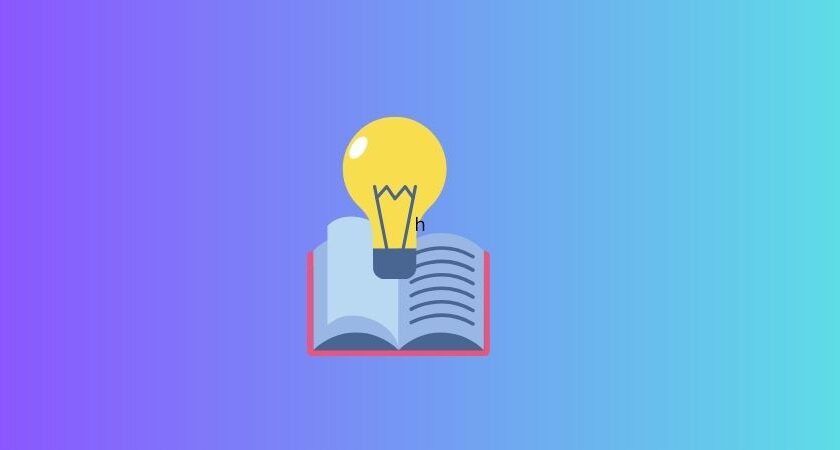The modern world moves at a frenetic pace, leaving little time for students to engage in traditional lengthy study sessions. As the demands on their time continue to increase, many students struggle to find a balance between academic commitments and personal responsibilities. In response to this challenge, an innovative approach to education has emerged, revolutionizing the learning landscape – microlearning.
This blog explores the rise of microlearning and how its bite-sized lessons are empowering busy students to achieve academic success while efficiently managing their time.
What is Microlearning?
Microlearning is an educational strategy that involves breaking down complex concepts and topics into small, manageable units of information. These bite-sized lessons typically consist of short videos, quizzes, podcasts, or interactive activities that can be completed in just a few minutes. By delivering content in this concise and focused manner, microlearning aims to enhance retention, engagement, and overall learning outcomes.
The Advantages of Microlearning for Busy Students
- Time Efficiency: The primary advantage of microlearning for busy students is its time efficiency. With their compact nature, microlessons can be consumed during short breaks or downtime, such as while waiting for public transportation or during lunch breaks. This flexibility allows students to make the most of their fragmented schedules, ultimately increasing productivity.
- Enhanced Retention: Microlearning leverages the spacing effect, a psychological phenomenon that suggests information is better retained when learned in small chunks over time. By revisiting bite-sized content at regular intervals, students reinforce their understanding, leading to improved long-term retention.
- Personalized Learning: Microlearning platforms often employ adaptive learning technologies, tailoring content to suit individual learning styles and preferences. Busy students can focus on specific topics they find challenging or seek out supplementary materials that cater to their unique needs, fostering a personalized learning experience.
- Reduced Cognitive Load: Lengthy lectures and extensive reading materials can overwhelm students, leading to cognitive overload. Microlearning provides easily digestible information, reducing cognitive load and preventing burnout, thus enabling students to grasp complex concepts with ease.
- Accessibility and Convenience: Microlearning is often available on various digital platforms, accessible through smartphones, tablets, or laptops. This portability allows students to engage with educational content anytime, anywhere, eliminating the need for physical textbooks and classrooms.
- Motivation and Engagement: Short, interactive microlessons cater to the short attention spans of modern students. The gamified elements, such as quizzes and rewards, keep learners engaged and motivated, fostering a positive learning experience.
Microlearning Implementation in Modern Education
The rise of microlearning is not limited to the formal education sector; it has also significantly impacted corporate training and professional development. In academia, educational institutions and online learning platforms have begun incorporating microlearning into their curricula to augment traditional teaching methods.
- EdTech Integration: Technology has been instrumental in driving the adoption of microlearning. Educational technology (EdTech) companies have developed user-friendly mobile apps and web-based platforms, making microlearning accessible to students and educators worldwide.
- Augmented Reality and Virtual Reality: Augmented reality (AR) and virtual reality (VR) have enriched the microlearning experience, enabling students to immerse themselves in interactive simulations and virtual environments. This practical approach enhances understanding and skill development across various disciplines.
- Microcredentials and Badges: As microlearning gains traction, microcredentials and digital badges have become a valuable addition to students’ resumes. These microcredentials validate specific skills and achievements, further motivating students to engage with microlearning content.
Challenges and Future Outlook
While microlearning has proven to be a game-changer for busy students, it is not without its challenges. Some critics argue that breaking down complex topics into small units may sacrifice depth and context, leading to a superficial understanding of subjects. However, the solution lies in a balanced approach, integrating microlearning with more traditional methods to ensure comprehensive learning.
Looking ahead, the future of microlearning seems promising. As technology continues to evolve, the integration of artificial intelligence (AI) and machine learning will further enhance personalization and adaptability. Additionally, collaboration among educational institutions, policymakers, and EdTech developers will be essential in promoting the widespread adoption of microlearning.
Conclusion
The rise of microlearning has revolutionized the educational landscape, providing busy students with an efficient and effective way to learn in the fast-paced digital age. By delivering bite-sized lessons, microlearning maximizes time, enhances retention, and fosters a personalized and engaging learning experience.
As this approach continues to evolve, educators and learners must embrace its potential and explore creative ways to integrate microlearning into formal education. Embracing the power of microlearning, students can thrive academically while juggling the demands of their busy lives.
